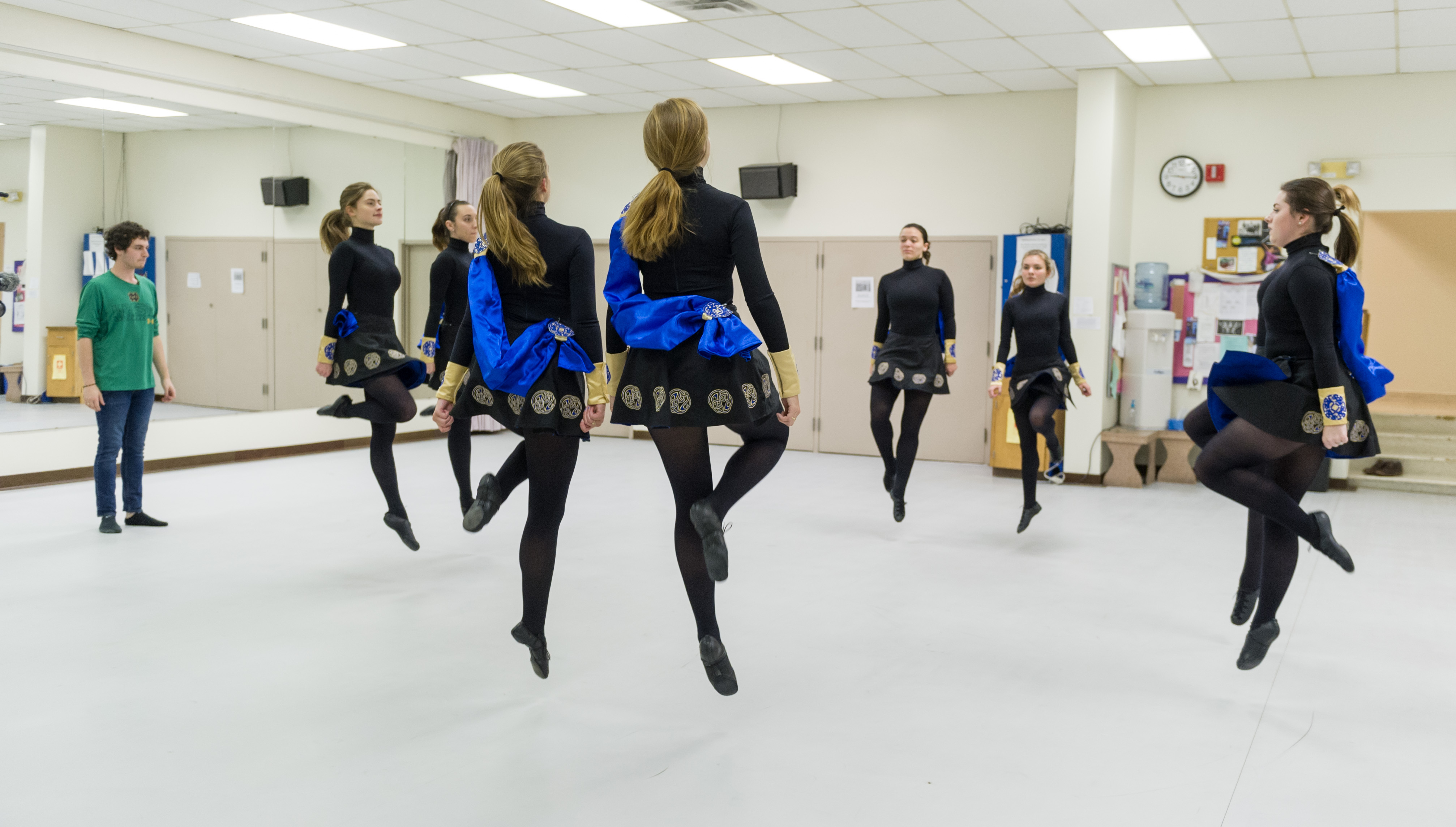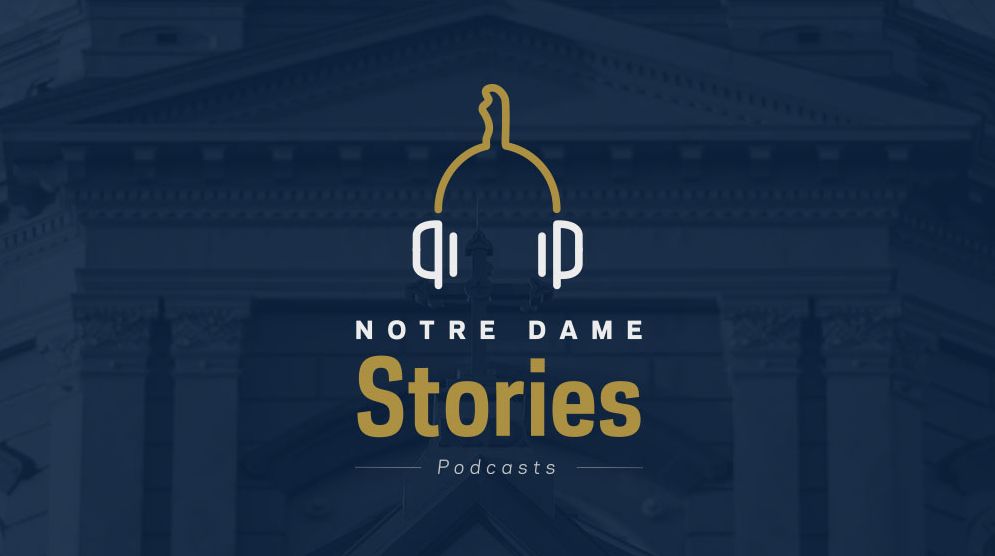
We’re changing our approach to podcasting.
We launched the Notre Dame Stories podcast in May 2018. Our charge was fairly open-ended: to showcase faculty expertise. We figured that would mean some kind of interview format, but it wasn’t long into our research before we learned that literally everyone was doing that. If we wanted to stand apart, we needed a wrinkle, some sort of twist. Our solution at the time was to blend these in-studio interviews with storytelling from the field, using natural sound, music, and interviews collected at the sites where Notre Dame students and faculty are conducting their research and activities.
As a result, the Notre Dame Stories podcast was always two shows in one.
While the mixed format did provide a wrinkle that set it apart from the standard interview-only podcasts, other logistical challenges arose: studio space had to be reserved, for one. This meant coordinating schedules with at least three parties: us, our faculty subject, and the studio. Also, with rare exceptions, the field-produced stories were comprised of re-purposed video content, and while that extended the ROI of the resources expended in collecting that particular story, it wasn’t sustainable given the amount of video Strategic Content actually commissions. (We use video in only about a third of our stories produced for ND.edu; our relevant video library was exhausted in the first season of Notre Dame Stories.) Moreover, analytics indicated some inconvenient truths: The two most popular episodes were relative outliers of the format. One was just a straight interview, the other was a show in which the interview and the storytelling were both framed neatly in the title of the episode. Subject matter synergy between both elements of the show was always the intent but was seldom attainable.
And then there was the name. Notre Dame Stories was billed as featuring interviews with experts contributing to some of the major news stories of the day, as well as stories of the people creating knowledge through research and scholarship. Obviously, that’s a mouthful to say when explaining it to someone. The truth is “Notre Dame Stories” is the colloquial name for the Strategic Content team, which produces the podcast. It wasn’t a great descriptor for what the podcast was, because again, we were putting two formats into one.
As these issues started to weigh heavily on our thinking, we set out to produce something rare in higher ed podcasting: a mini-series centered around a single topic told from the field with narrative, music, and natural sound. Tantur: Hill in the Holy Land gave listeners an in-depth look at the past and present of the University’s presence in Jerusalem, and benefitted from a clarity of purpose that was admittedly lacking in the overall Notre Dame Stories series. Tantur has been honored with a Platinum award from the Association of Marketing and Communications Professionals, one of just five podcasts to receive that honor in the global Audio Visual Arts Digital Awards competition.
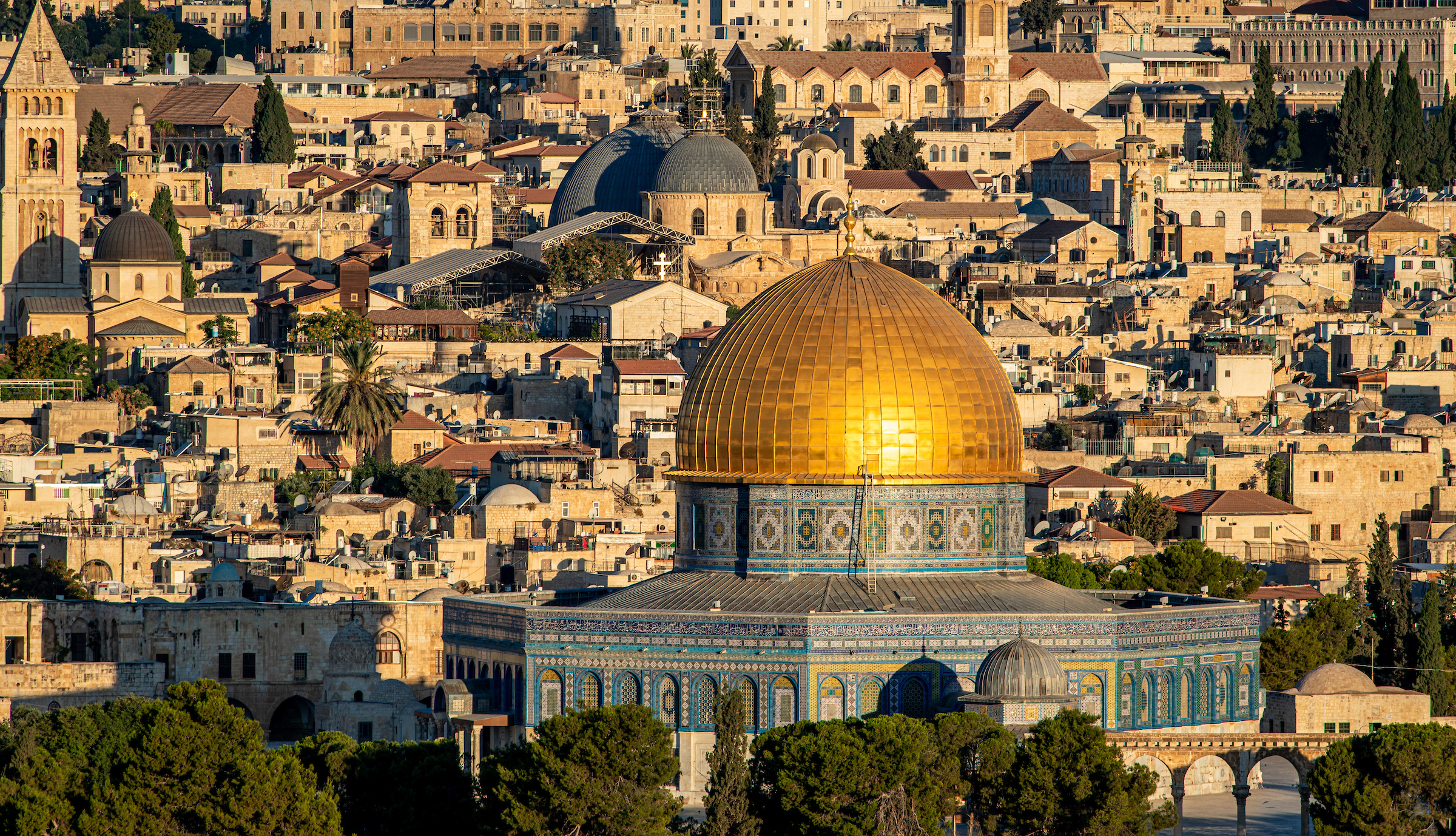
Perhaps most importantly, what producing Tantur taught us is that we can do both heavily produced storytelling and deliver compelling conversations, but it works better for us if the two are separate. And the more effort you put into the storytelling, the more rewarding and richer the end product can be.
After considering our options and the best path forward, we came to the conclusion that Notre Dame Stories will cease to exist both as the solo moniker for our podcast execution and the format it has heretofore represented. Instead, Notre Dame Stories will be an umbrella under which various series will be presented. Collectively, these series will be known as Notre Dame Stories Podcasts (as in the image at the top of this post). The change will give us more flexibility to give utmost consideration to the most compelling way to deliver content in this format.
The first series under this new organization was Tantur: Hill in the Holy Land. The next series, beginning Friday, March 13, will be known as Office Hours.
Office Hours will feature conversations with faculty in their offices. We’ll talk about their research…and whatever else we happen to find there. That’s the thing about offices: They tell a story themselves. If we can describe some of that in an interesting way, we hope to provide that elusive nuance to the standard interview format.
Office Hours will continue throughout the remainder of the semester, and likely will begin again in the new academic year. We have a couple of other ideas for series that we are currently working on, and are excited about the opportunities for storytelling they represent. You can see all our podcast series at stories.nd.edu/series/podcast. All of these will be presented in the Notre Dame Stories stream, wherever you get your podcasts.
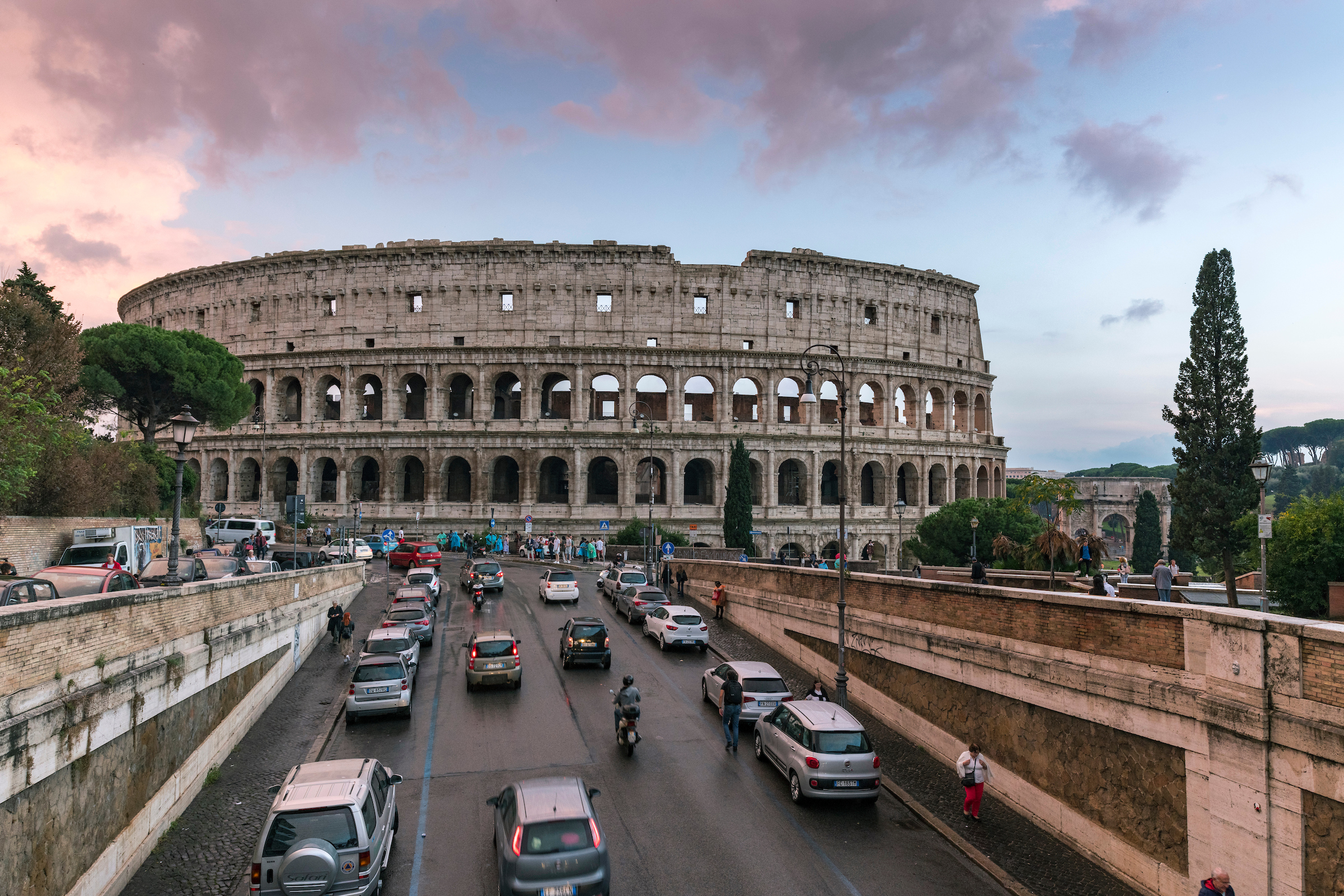
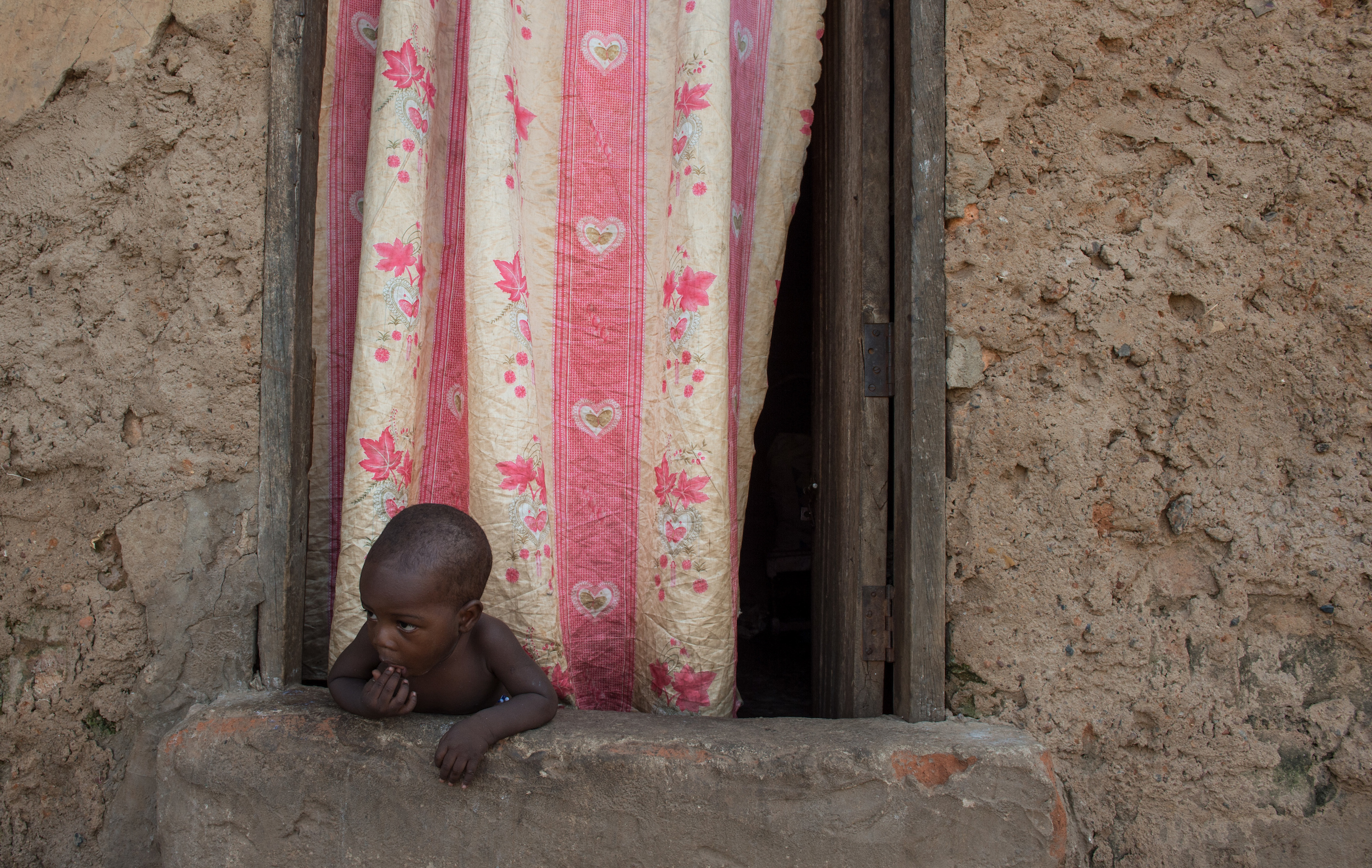
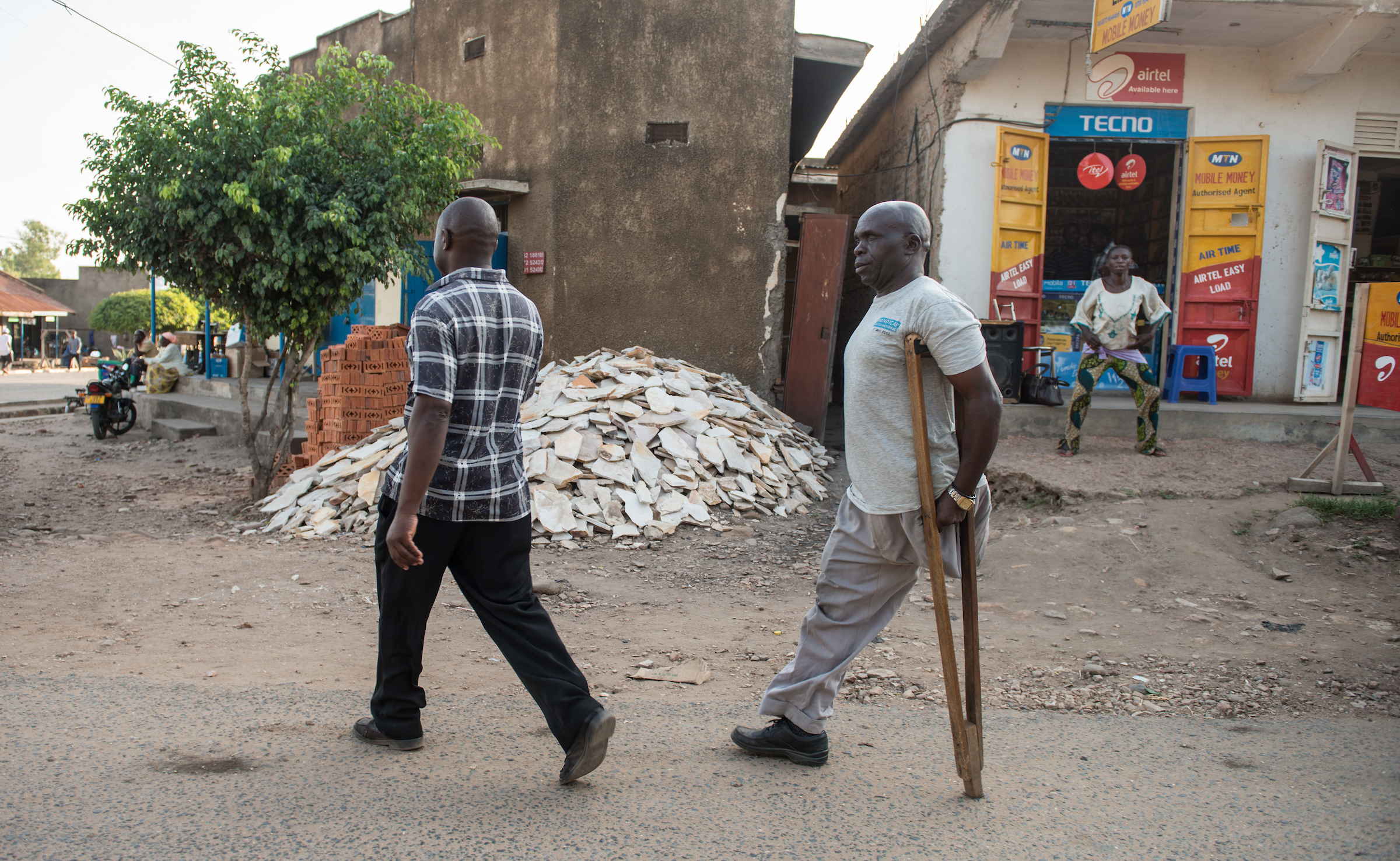
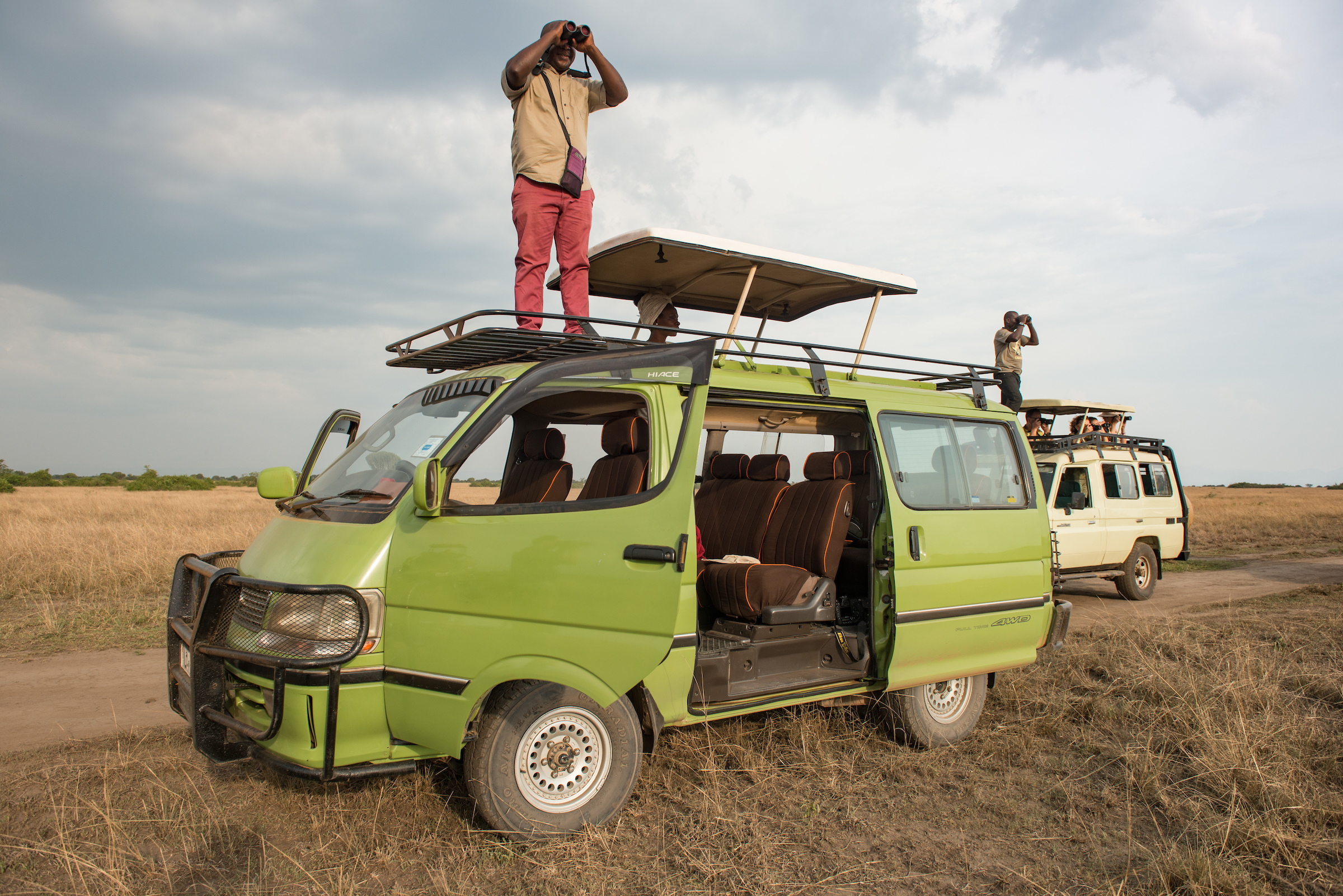
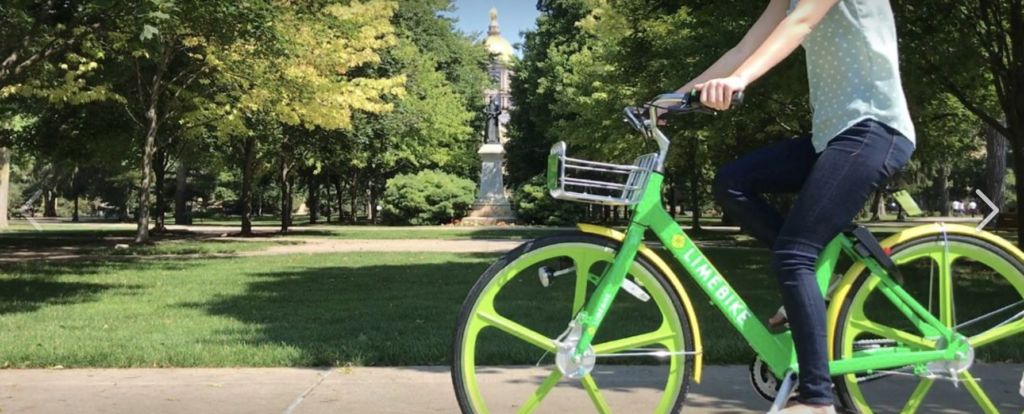
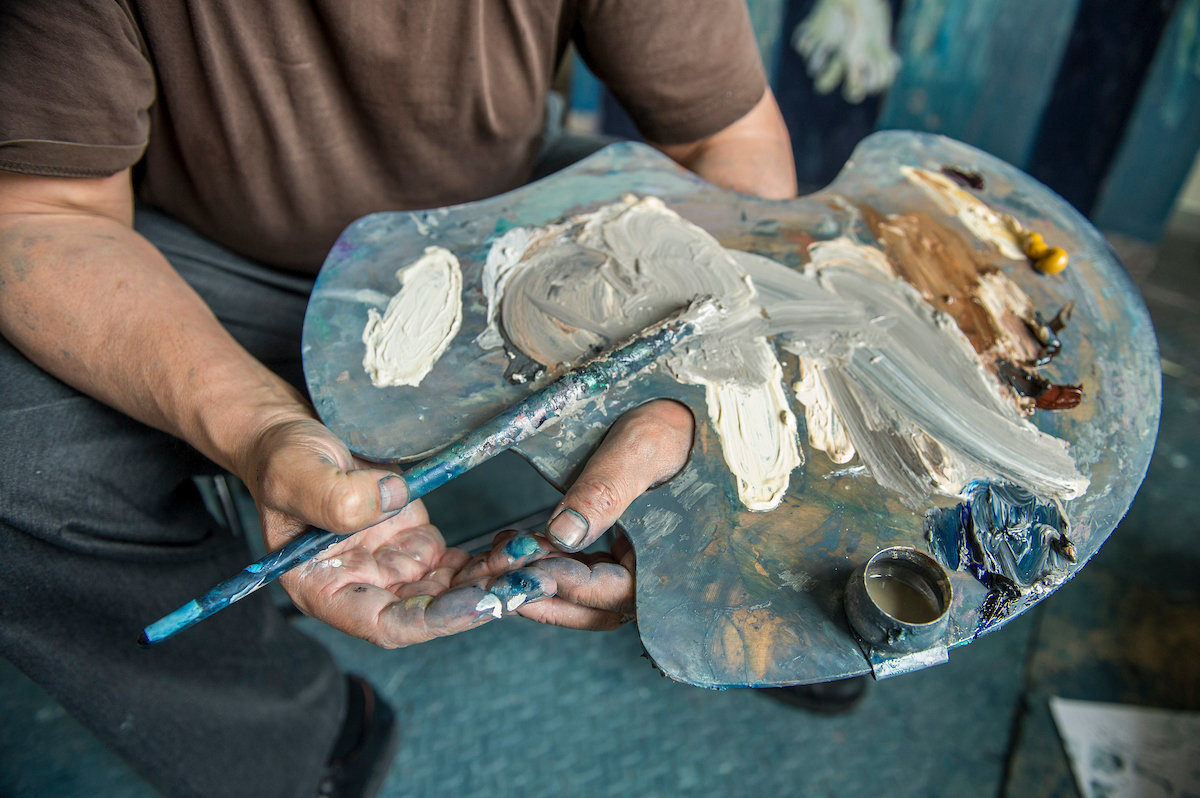
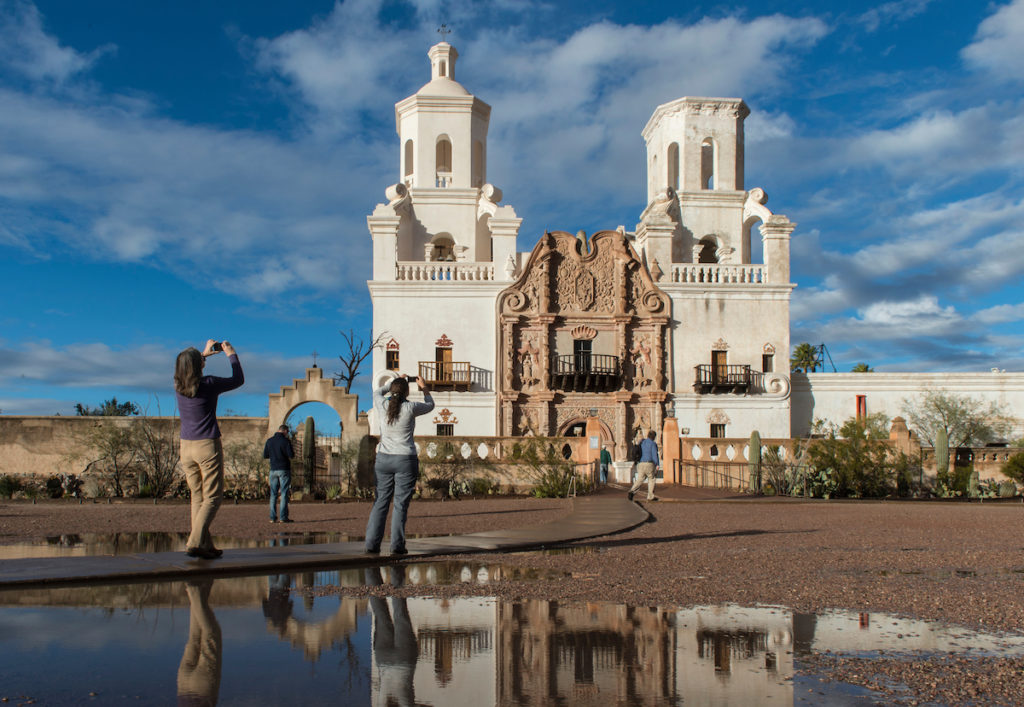

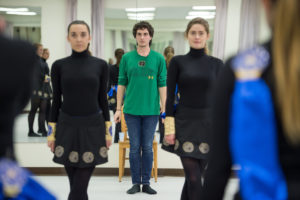
 To cure food allergies. For lasting peace. To explore the moon. To protect the innocent. For better cancer detection. For our veterans.
To cure food allergies. For lasting peace. To explore the moon. To protect the innocent. For better cancer detection. For our veterans.
